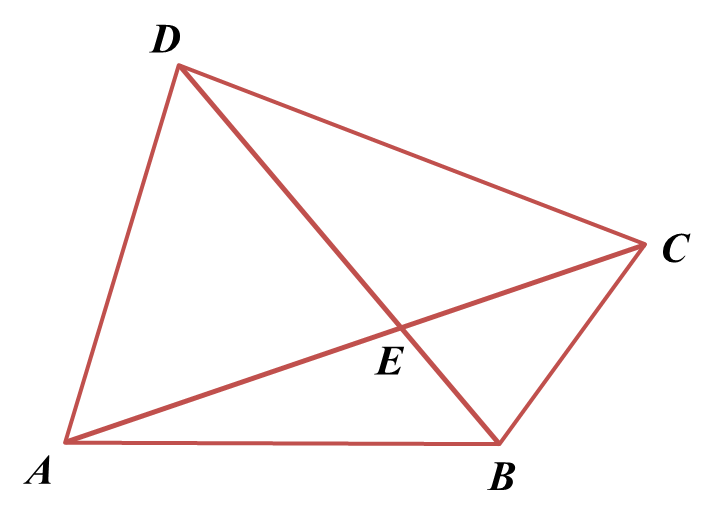(A) Vectors in Cartesian Coordinates
1. A unit vector is a vector whose magnitude is one unit.
2. A unit vector that is parallel to the x-axis is denoted by
i˜
while a unit vector that is parallel to the y-axis is denoted by
j˜
.
3. The unit vector can be expressed in columnar form as below:
→OA=xi˜+yj˜=(xy)←(Column Vector)
4. The magnitudes of the unit vectors are
|i˜|=|j˜|=1.
5. The magnitude of the vector
→OA
can be calculated using the Pythagoras’ Theorem.
|→OA|=√x2+y2(B) Unit Vector in the Direction of a Vector
Unit vector of a˜, ˆa˜=xi˜+yj˜√x2+y2
Example 1:
Solution:
r˜=ki˜−8j˜Given |r˜|=10√x2+y2=10√k2+(−8)2=10k2+64=100k=±6Unit vector of ˆr˜=xi˜+yj˜√x2+y2When k=6, When k=−6ˆr˜=6i˜−8j˜10=3i˜−4j˜5 , ˆr˜=−6i˜−8j˜10=−3i˜−4j˜5ˆr˜=15(3i˜−4j˜) , ˆr˜=15(−3i˜−4j˜)
Unit vector of a˜, ˆa˜=xi˜+yj˜√x2+y2
Example 1:
If
r˜=ki˜−8j˜
and
|r˜|=10
, find the values of k. Determine the unit vector in the direction of
r˜
for each value of k.
Solution:
r˜=ki˜−8j˜Given |r˜|=10√x2+y2=10√k2+(−8)2=10k2+64=100k=±6Unit vector of ˆr˜=xi˜+yj˜√x2+y2When k=6, When k=−6ˆr˜=6i˜−8j˜10=3i˜−4j˜5 , ˆr˜=−6i˜−8j˜10=−3i˜−4j˜5ˆr˜=15(3i˜−4j˜) , ˆr˜=15(−3i˜−4j˜)
Example 2:
It is given that
a˜=(63) and b˜=(37).
(a) Find
b˜−a˜ and |b˜−a˜|.
(b) Hence, find the unit vector in the direction of
b˜−a˜.
Solution:
(a)
b˜−a˜=(37)−(63)=(3−67−3)=(−34)|b˜−a˜|=√(−3)2+42=√9+16=√25=5
(b)
The unit vector in the direction of b˜−a˜=15(−3 4)=(−35 45)














